Transparantierapporten
In 2012, BIT released a transparency report for the first time with the aim of providing insight into the number of times BIT's customers' personal data was queried, the number of notice-and-take-down requests BIT received and processed, and the number of Responsible Disclosure notifications BIT received and processed.
You can find past years' transparency reports on this page.

